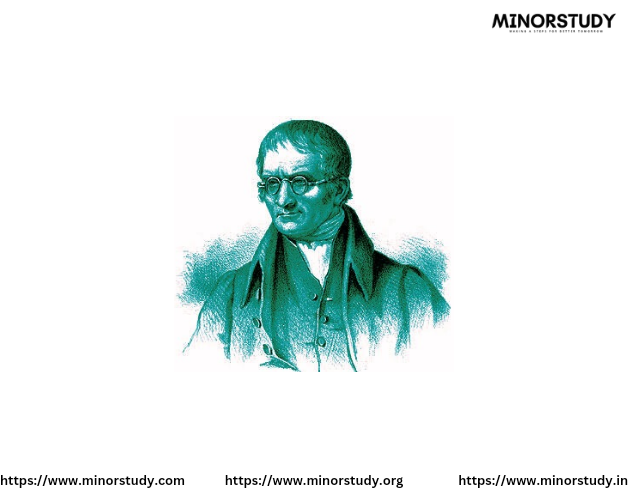Chien-Shiung Wu
- Minorstudy Web blogs
- Dec 6, 2024
- 3 min read

Chien-Shiung Wu (May 31, 1912 – February 16, 1997) was a Chinese-American physicist who made groundbreaking contributions to the field of nuclear physics, particularly in the study of radioactive decay and the weak force. Her work played a key role in the discovery of the violation of the law of parity conservation, which was a major advancement in the understanding of fundamental physics.
Early Life and Education:
Born: May 31, 1912, in Liaoning, China.
Wu showed an early interest in science and earned her degree in physics from the National Central University (now Nanjing University) in China in 1934. She later moved to the United States, where she earned a Ph.D. in nuclear physics from the University of California, Berkeley, in 1940 under the supervision of Ernest O. Lawrence, a Nobel laureate.
Key Contributions:
1. Beta Decay and Parity Violation:
Wu’s most famous contribution came in 1956 when she conducted an experiment known as the Wu experiment. The experiment tested the law of parity conservation, which had been assumed to hold in all physical processes.
In collaboration with Tsung-Dao Lee and Chen-Ning Yang, Wu showed that parity was not conserved in the weak force (responsible for certain types of radioactive decay). This discovery was revolutionary, as it challenged a long-standing belief in physics.
Her experiment demonstrated that particles involved in beta decay (like electrons and neutrinos) do not behave symmetrically in all spatial directions, meaning that mirror symmetry (parity) does not apply to weak interactions.
This work was crucial in advancing the Standard Model of particle physics. Lee and Yang were awarded the Nobel Prize in Physics in 1957 for their theoretical work, and Wu’s experiment was critical to the experimental confirmation of their hypothesis.
2. Work on the Manhattan Project:
During World War II, Wu worked on the Manhattan Project, contributing to the development of the atomic bomb at the Columbia University physics laboratory. Her work focused on the separation of uranium isotopes using gaseous diffusion.
Wu’s contributions to the Manhattan Project were significant but remained classified for many years.
3. Contributions to Nuclear Physics:
Throughout her career, Wu made several other important contributions to nuclear physics, particularly in understanding the structure and behavior of atomic nuclei and their interactions.
She conducted extensive research on the magnetic properties of nuclei and developed a method for measuring the spin of particles in complex systems.
Challenges and Recognition:
As a woman in a male-dominated field, Wu faced many challenges throughout her career. Despite these obstacles, she became one of the most respected physicists of her time.
Though she was never awarded the Nobel Prize for her work on parity violation, Wu's achievements have been widely acknowledged in the scientific community.
In addition to her Nobel-related contributions, Wu was honored with numerous prestigious awards throughout her career, including being the first woman president of the American Physical Society (1975).
Legacy:
Chien-Shiung Wu’s groundbreaking work in nuclear physics fundamentally changed how scientists understand particle interactions, particularly the weak force and the nature of parity.
She served as a role model for women in physics and was an advocate for promoting the participation of women in science.
Wu’s legacy is honored through several awards and recognitions, and she is often cited as one of the most important female scientists of the 20th century.
Quotes:
"If you want to do something, do it. Don’t let anyone tell you that you can’t."
"I think the thing is to understand that, in science, one must be willing to stand up for what you believe, and even if the result of your experiment is unexpected, it does not mean you should stop or discard the result."
Significance:
Chien-Shiung Wu was instrumental in advancing the field of nuclear physics, particularly through her experimental confirmation of the parity violation in weak interactions. Her contributions helped to reshape the understanding of fundamental forces in nature. Despite facing barriers as a woman in science, Wu's brilliance and perseverance made her one of the leading physicists of her time, and her work continues to influence modern physics.











Comments